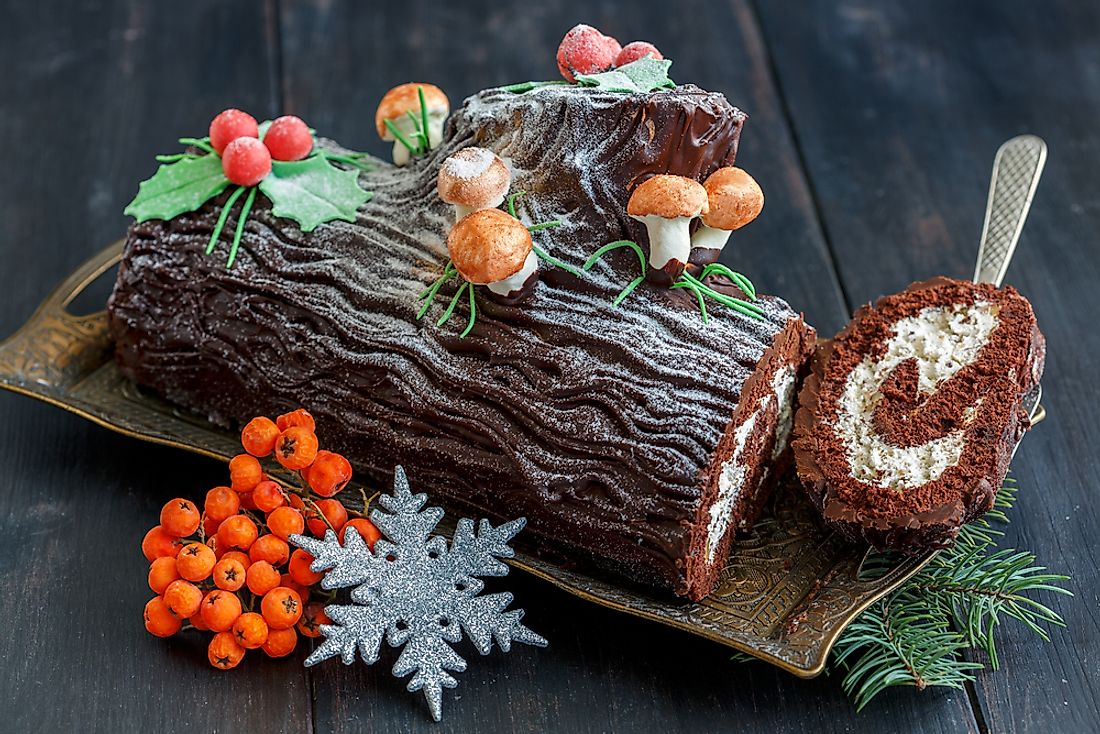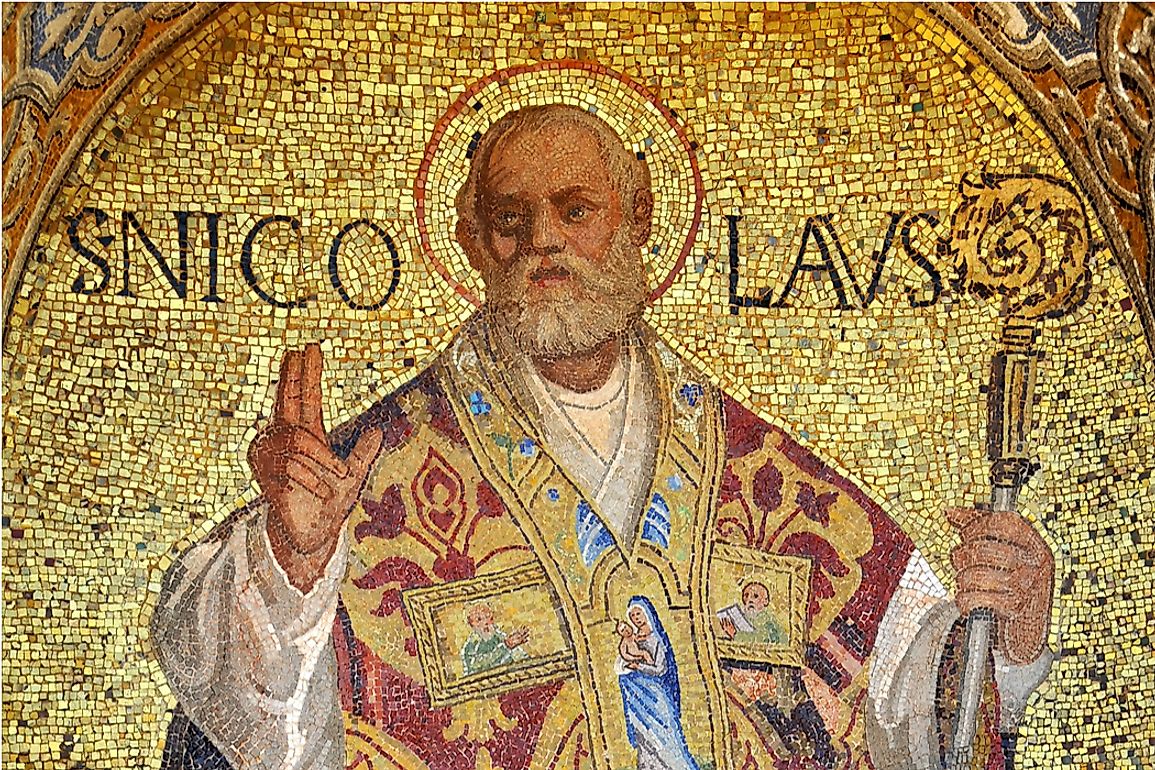6 Famous Christmas Symbols and Their Origins

6. Christmas Tree

Evergreen trees, such as those used as Christmas trees, were used as protection against evil spirits and diseases long before the birth of Jesus. The modern Christmas tree tradition originated from Germany where families made wooden pyramids and decorated them with branches of evergreen trees. They also lit candles signifying something sacred. The person who introduced the decoration of the Christmas trees using candles was Martin Luther. The inspiration came from the stars that sparkled through the trees during winter. The decoration of the Christmas tree took a new turn when Prince Albert, the husband of Victoria, Queen of the United Kingdom of Great Britain and Ireland and Empress of India, bejeweled the first English tree in 1841. He decorated the tree with sweets, candles, gingerbread, and fruits. Many years later, decorating the Christmas tree has become a timeless tradition.
5. Mistletoe

Mistletoe is a semi-parasitic plant that is native to North America. The plant grows on trunks and branches of trees. However, it can also grow on its own. The mistletoe, which has its origin in ancient Celts, was thought to have mystical powers. According to European folklore, it was a sacred plant that was capable of offering protection against poison, granting fertility and life, wading off evil spirits, and a plant of peace. Due to it being a plant of peace, a tradition has emerged over the years whereby couples kiss under it to make peace or as a promise to marry. Today, families use the mistletoe plant to decorate the Christmas tree during Christmas celebrations.
4. Yule Log

During pre-Christian times, the period when the days were short and the nights longer meant that the sun was ill and weak. The Nordic winter solstice celebrations, known as “Yule,” occurred between December 21st and 22nd. Yule Night was the longest night of the year. It marked the end of the period of short days and long nights. As part of the celebrations, people carefully selected a tree which they called the “Yule Log.” The tree was used to light a fire. This practice was a significant Germanic pagan practice that encouraged the sun to come back to life. In more recent times, people light a fire during Christmas using the Yule log to symbolize prosperity and good luck. The practice has also been reimagined by the eating of a log-shaped cake, also referred to as a Yule Log or a Bûche de Noël.
3. Candy Cane

The Christmas Candy Canes originated in Germany two and a half centuries ago. At first, they were white, straight sticks of sugar. A story is told that these sticks were a minister’s way of keeping the children seated quietly through the Christmas service. He made the sticks resemble the “J” shape to mimic the “shepherds’ crook” in the Christmas story. He hoped that the sticks would remind the children about the shepherds who went to visit Jesus when they heard of his birth. During the 1900s, the red stripes of the Candy Cane were combined and flavored with peppermint. There are different interpretations of the Candy Canes during Christmas today. The “J” symbolizes Jesus Christ while the whiteness of the canes symbolizes his cleanliness. The red stripes denote the blood that Jesus shed on the cross to deliver people from their sins. And finally, the peppermint is a representation of the hyssop used during his crucifixion.
2. Holly

The Holly tree is a shiny green plant which possesses thorny leaves and red berries. In spite of its prickly nature, it stands for peace and joy. In fact, it is common for people to resolve their issues under a holly tree. Furthermore, people believe that the tree frightens off witches and protects homes from lightning and thunder. Several myths surround the holly tree. In West England, for example, sprinkling sprigs of holly around a young girl’s bed kept away mischievous little goblins during Christmas. On the other hand, other people believe that a sprig of holly on one’s bedpost brings sweet dreams. The origin of the holly plant is in Rome where it was used to honor Saturn during the Roman Saturnalia festival. Later on, Christians adorned their homes with the plant to avoid persecution. However, the Christians grew in numbers and the pagans abolished their traditions. The holly then became part of the Christian Christmas celebrations.
1. Santa Claus

The story behind Santa Claus is based on a mythical existence of a saint known as Saint Nicholas. Born into a religious family, he prayed and fasted often. During his lifetime, Saint Nicholas is believed to have worked many miracles, including raising several people from the dead. In addition, he was known for his propensity for secret-gift giving. He is also known for being the patron saint of children. In Europe, a figure known as Sinterklaas came about based on Saint Nicholas. The feast of Sinterklaas was celebrated on the name day of Saint Nicholas, with presents exchanged on either December 5th or 6th. Sinterklaas evolved into the popular figure of Santa Claus who flies around the world leaving gifts for children to open on Christmas morning.











